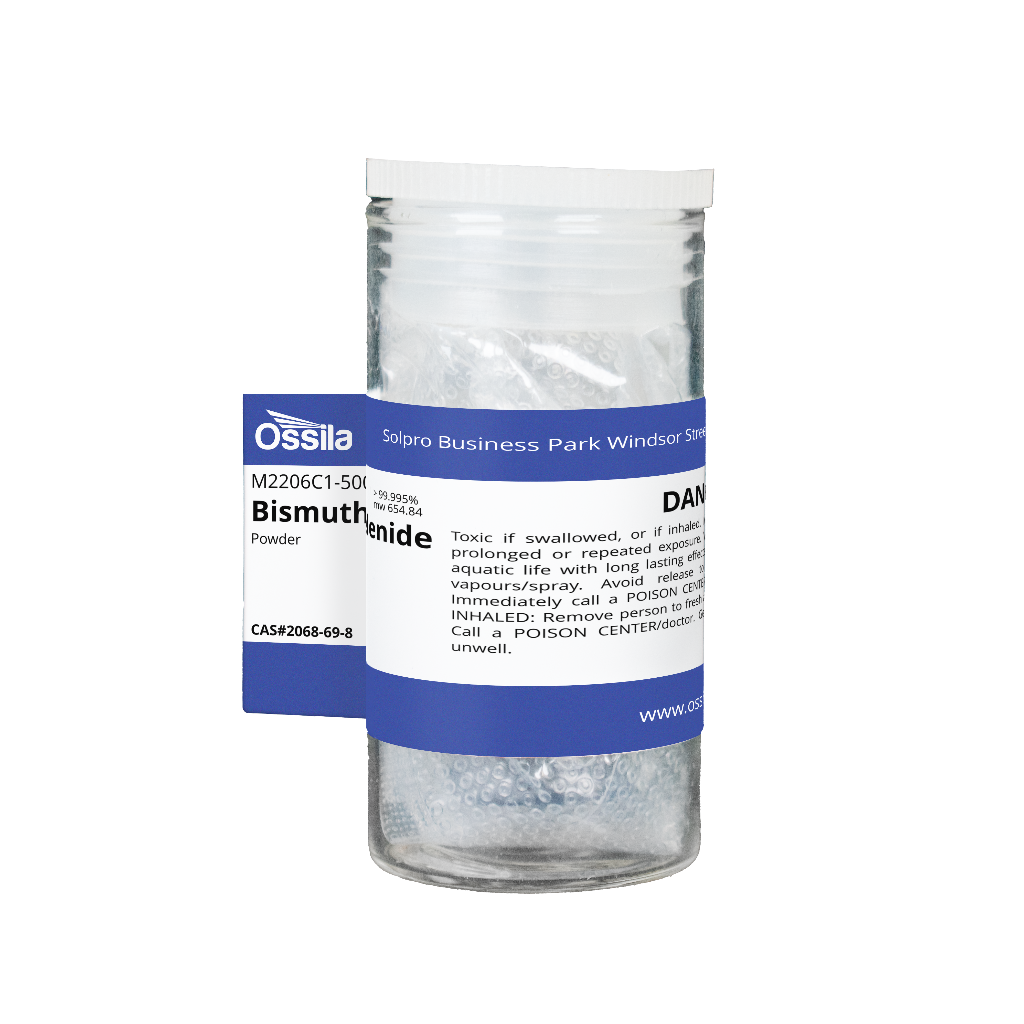
Source: Wikipedia
Bismuth Trisulfide (Bi2S3): A Brief Overview
Crystal Structure and Occurrence
Bismuth trisulfide (Bi2S3) possesses an orthorhombic crystal structure with 4 molecules per unit cell. Each molecule comprises two bismuth atoms and 3 sulfide atoms, totaling 20 atoms per unit cell. It occurs naturally in the form of bismuthinite, characterized by a lead-gray streaked color with a metallic luster. The mineral is commonly found in Bolivia, Peru, central Europe, Australia, and the western United States.
Preparation and Applications
Bi2S3 thin films are prepared using various methods such as cathodic electrodeposition, anodic electrodeposition, vacuum evaporation, and chemical bath deposition. Among these, chemical bath deposition is the most widely used method due to its simplicity, cost-effectiveness, and applicability to large areas. These thin films exhibit fill factors around 46.77% and a conversion efficiency of 0.089%.
Basic Parameters at 300 K
At 300 K, Bi2S3 has an orthorhombic crystal structure with a density of 6.807 g/cm3 and a dielectric constant of 120. The lattice constants are a = 11.305 Å, b = 3.981 Å, and c = 11.147 Å.
Electrical and Optical Properties
The energy gap of Bi2S3 is 1.3 eV at 300 K, with an intrinsic resistivity of 105 Ω cm. The material exhibits an absorption coefficient of α = 104 cm-1. In terms of optical properties, the refractive indices at λ = 589.3 nm are nα = 1.315, nβ = 1.900, and nγ = 1.670.
Mechanical Properties and Development
Bismuth trisulfide has a hardness ranging from 2 to 2.5 and perfect cleavage on the (010) plane, with imperfect cleavage on the (100) and (110) planes. Research and development on Bi2S3 have been conducted at the University of Utah, involving undergraduate students and Prof. Mike Scarpulla. The work has been supported by the US National Science Foundation under the Materials World Network program award 1008302.
This comprehensive overview provides insights into the crystal structure, properties, and applications of bismuth trisulfide, highlighting its significance in various fields of study.

Source: Ossila
Feel free to comment your thoughts.
